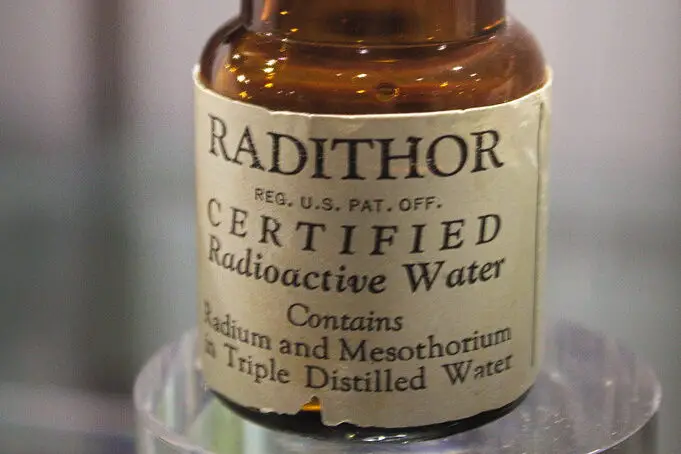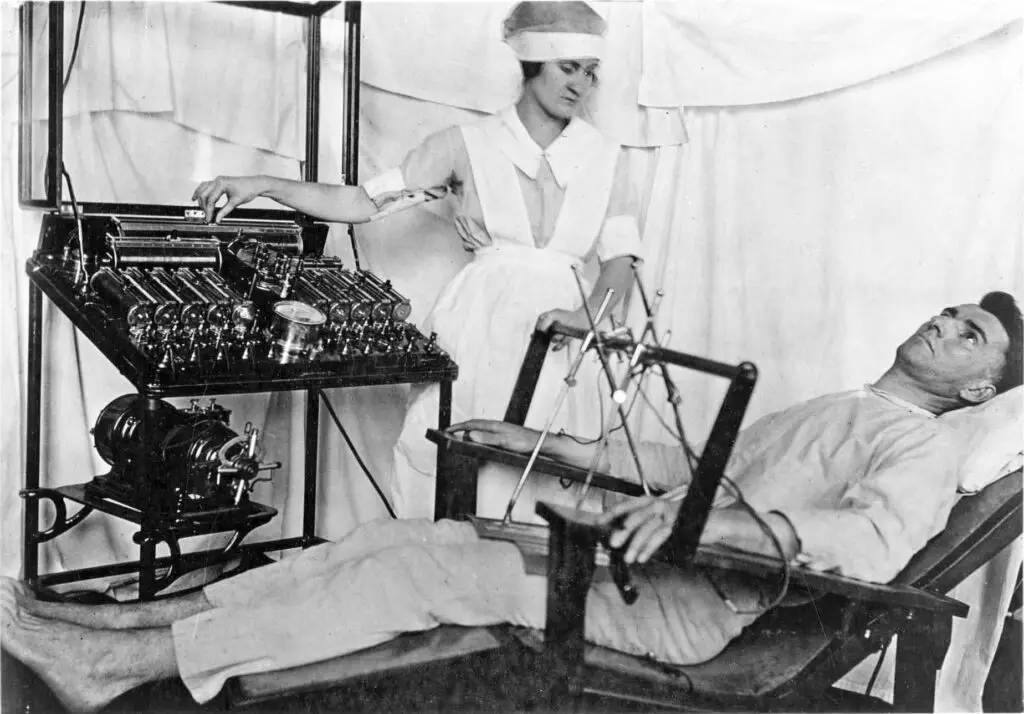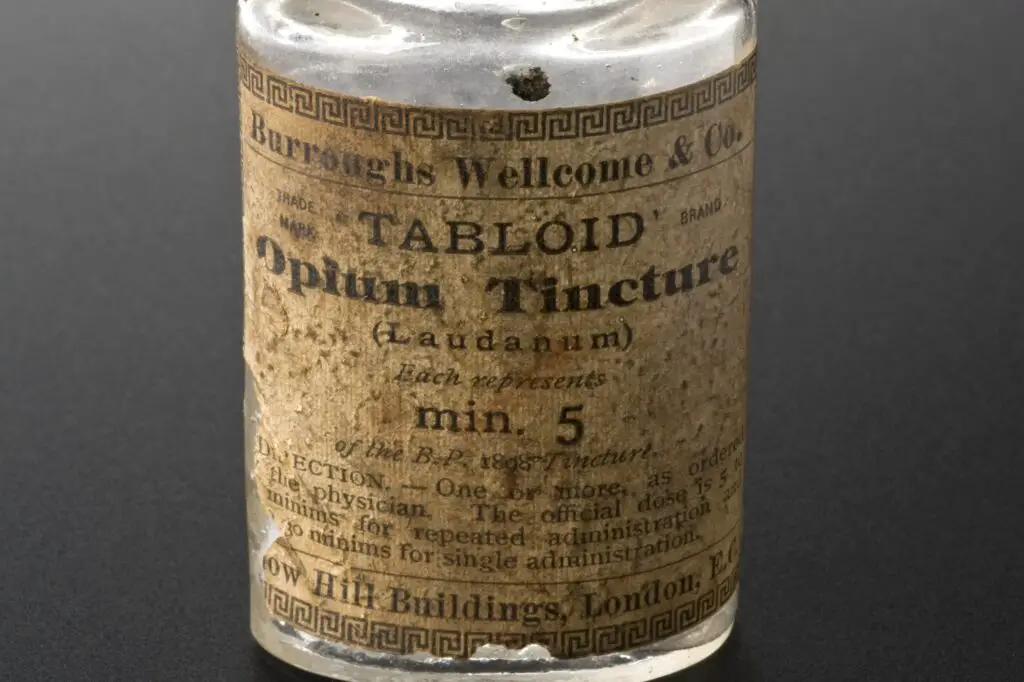1. Cigarettes for Calm

Back in the day, it was common for doctors to recommend cigarettes as a way to relieve stress and calm nerves. Tobacco companies even marketed cigarettes as a soothing remedy, claiming they helped to ease anxiety. Doctors believed the act of smoking could help people relax, providing a temporary sense of calm during moments of tension. In fact, cigarettes were often seen as a quick fix for everything from nervousness to depression.
It wasn’t until later in the 20th century that the health risks of smoking became more widely understood. By then, smoking was deeply ingrained in society’s daily rituals, including stress management. Today, we know that smoking only exacerbates anxiety and creates a host of other serious health issues. It’s one of the more baffling medical trends when you think about it, but at the time, it was considered perfectly acceptable.
2. The “Rest Cure” for Women

In the late 1800s, women suffering from symptoms like anxiety, depression, and nervous exhaustion were often prescribed a bed rest regimen known as the “rest cure.” This treatment, popularized by physician Silas Weir Mitchell, called for women to be isolated in bed for weeks, with no physical activity or mental stimulation. Doctors believed that rest and confinement would help restore a woman’s mental balance and relieve her “nervous” condition.
The rest cure was especially prescribed for women diagnosed with “hysteria,” a catch-all term for various emotional and psychological issues. Though well-intentioned, the practice often had the opposite effect, exacerbating feelings of isolation and helplessness. In many cases, the treatment left women feeling even more mentally and physically drained. Today, this approach is considered outdated and harmful, but it was once seen as the ultimate remedy for stressed-out women.
3. Lobotomies for Stress

One of the most extreme methods once recommended for “nervous” disorders was the lobotomy, a procedure in which parts of the brain were surgically removed or damaged to alter mood and behavior. During the mid-20th century, lobotomies were often performed on patients who were deemed difficult or suffering from severe anxiety, depression, or other mental health issues. Some doctors thought it would calm patients and reduce their emotional distress by essentially “disconnecting” parts of the brain responsible for heightened emotions.
While the procedure did result in some patients appearing calmer, it often came with devastating side effects. Many patients were left with permanent cognitive impairments, emotional numbness, and even physical disabilities. The lobotomy fell out of favor as more effective and less invasive treatments, like therapy and medication, became available. It’s a chilling reminder of how far medical science has come in understanding mental health.
4. Radium Therapy

Radium, the radioactive element discovered in the late 19th century, was once hailed as a miracle cure for everything from cancer to anxiety. Doctors prescribed radium therapy to treat a wide variety of ailments, including “nervous conditions” like stress and fatigue. Radium was believed to have rejuvenating properties that could heal and restore energy to the body. People even bathed in radium-infused water, believing it could help them feel more vibrant and mentally clear.
It wasn’t until much later that the harmful effects of radiation were discovered, including an increased risk of cancer and other serious health conditions. The enthusiasm for radium therapy quickly waned as its dangerous side effects became more apparent. But for a time, it was considered one of the cutting-edge treatments for nervous tension, despite the long-term harm it caused to countless patients.
5. Electric Shocks for Anxiety

In the early 20th century, some doctors recommended electrical shocks to treat anxiety and other mental health disorders. Electroconvulsive therapy (ECT) was used as a method to “reset” the nervous system, with the belief that it could calm overactive nerves. Patients would be given electric shocks to the brain in an attempt to alleviate symptoms of stress, anxiety, and depression. While ECT is still used today, it is now done under careful medical supervision with far less invasive methods.
At the time, however, the procedure was often crude, and the risks were poorly understood. Patients might suffer from memory loss, confusion, and other side effects. Though ECT was effective for some, it was considered a last resort, and many patients underwent it without fully understanding what it involved. Modern-day versions are much more controlled and are typically used only when other treatments have failed.
6. Tonics and Elixirs with Opium

In the 19th and early 20th centuries, doctors frequently prescribed tonics and elixirs containing opium to help treat nervous conditions. Opium, derived from the poppy plant, was thought to have calming effects on the nervous system, making it a popular ingredient in medications designed to soothe anxiety and stress. These elixirs were often sold in pharmacies without any real concern for addiction or side effects, which would later become a serious issue.
Many patients, especially women, were given these opium-based remedies as a way to calm their nerves and ease pain. While they may have provided temporary relief, the long-term consequences were severe addiction and dependency. Over time, as the dangers of opium became more known, its use in medicine was significantly reduced, but for a time, it was a common recommendation for those dealing with stress or anxiety.
7. Bloodletting for Mental Health

In ancient and medieval medicine, bloodletting was a common treatment for all sorts of ailments, including nervous disorders. Physicians believed that by draining blood from the body, they could restore balance to the humors—bodily fluids that were thought to influence health. This practice was often prescribed for people experiencing anxiety, depression, or general nervousness, as doctors thought it would purify the body and relieve excess tension.
While bloodletting was once thought to be an effective way to treat stress, it often left patients weak and frail, with little to no benefit for their mental health. The practice continued for centuries until it was gradually replaced by more scientifically-backed methods. Today, bloodletting is seen as a misguided and dangerous treatment, but it was once considered a routine way to “treat” nerves.
